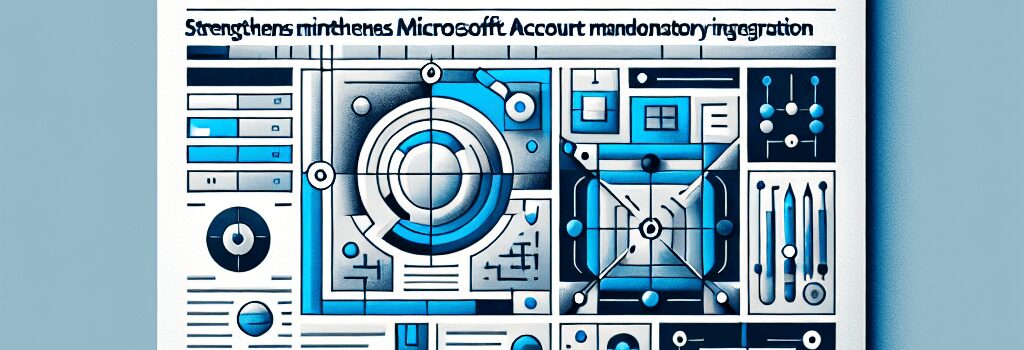New Windows 11 Insider Build Strengthens Microsoft Account Mandatory Integration

Microsoft has rolled out a new Windows Insider build on the Dev Channel, featuring an enhanced enforcement of Microsoft Account sign-in requirements. This update, which removes the popular bypassnro command prompt script, has significant implications for both personal users and IT administrators who have benefited from a relatively convenient workaround.
Enhanced Security and User Experience
In the latest Windows 11 Dev Channel build, Microsoft has removed the bypassnro.cmd script that allowed users on both Home and Pro editions to bypass the Microsoft Account sign-in requirement during initial setup. According to Amanda Langowski, Windows Insider Program Lead, and Brandon LeBlanc, Principal Product Manager, the removal is designed to “enhance security and user experience.” This deliberate change ensures that users configure their devices with an active internet connection and a Microsoft Account, thus enabling features like automatic cloud backups, encryption key recovery, and cross-device setting synchronization.
Technical Insights and Build Number Updates
The new Dev Channel build, now part of the 26200 series, represents a shift in Microsoft’s approach to system onboarding. Previous stable versions, including the 24H2 update (which operated on the 26100 build series), allowed users to deploy a local account using the bypassnro workaround. However, this updated Dev Channel build eliminates that option, effectively forcing reliance on digital identity verification. This might appear as a minor change on the surface, but it underscores Microsoft’s push towards a more integrated ecosystem that leverages cloud connectivity for device management and security updates.
Implications for IT Administrators and Enthusiasts
For enterprise environments and enthusiasts who have traditionally used workarounds to deploy local accounts, this change presents a new set of challenges. In scenarios where network connectivity is limited or where privacy concerns dictate the use of local accounts, administrators may have to explore alternative methods for post-deployment configuration. The removal of bypassnro could potentially slow down the adoption of Windows on legacy systems or remote sites where consistent connectivity is not guaranteed.
Expert Opinions and Deeper Analysis
- Enhanced Security Benefits: Security experts applaud the move as a necessary step towards a standardized, secure onboarding process. By requiring Microsoft Account integration, Microsoft can ensure that updates, encrypted backups, and cloud-based recovery options are seamlessly implemented.
- Impact on User Flexibility: Analysts note that while the integration simplifies the user experience for most, it limits flexibility for advanced users who prefer localized account management. This trade-off between user convenience and system security is a common debate in modern operating system design.
- Cloud Ecosystem Integration: With the increasing reliance on cloud services, this enforced sign-in may pave the way for tighter integration with Microsoft 365, OneDrive, and enterprise management tools, potentially influencing the future of user authentication protocols.
Looking Ahead: Future Windows Updates
While the bypassnro command remains functional in stable versions like Windows 11 24H2, its imminent absence in future updates, possibly the anticipated 25H2 release slated for later this fall, marks a clear shift in strategy. Windows Insider builds are known for testing experimental features that might later be adopted on a wider scale. IT administrators and enthusiasts are advised to keep a close watch on subsequent builds and prepare for a future where offline setups and local account provisioning may require entirely new workaround methods.
Conclusion
The removal of the bypassnro script from the latest Windows 11 Insider build is more than a minor tweak—it signals Microsoft’s commitment to a more secure, cloud-centric approach. While this update presents some challenges for those who preferred local account setups, it also enhances system security and streamlines the Windows ecosystem into a more unified experience. As Microsoft continues to refine these features, keeping abreast of the latest developments in the Windows Insider Program will be essential for both individual users and IT professionals.